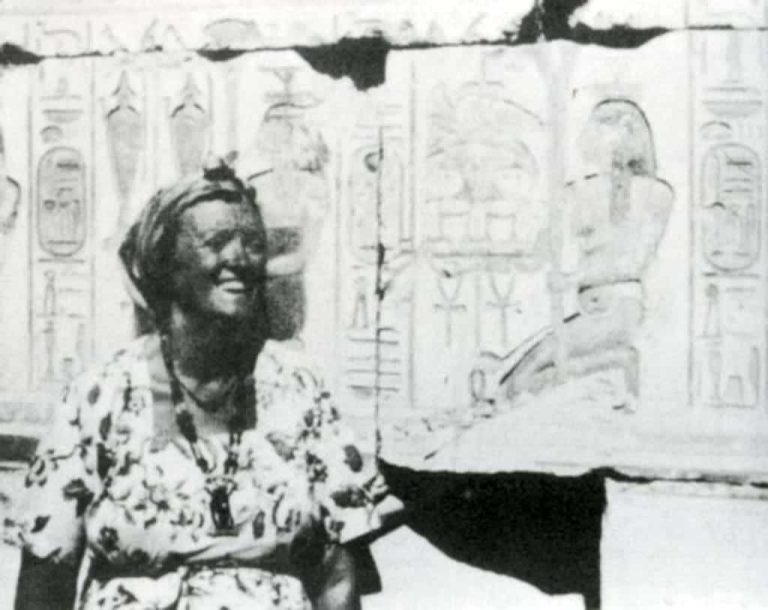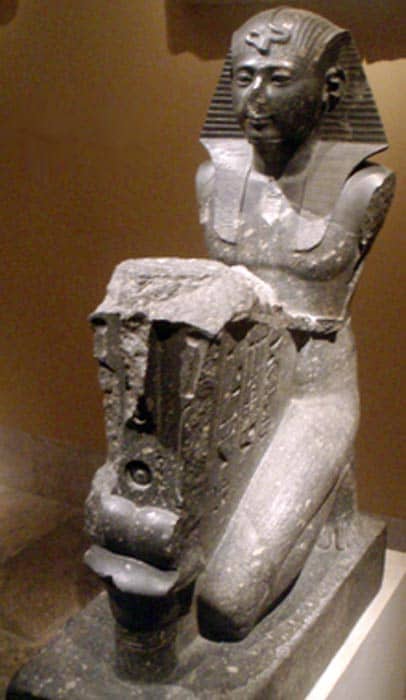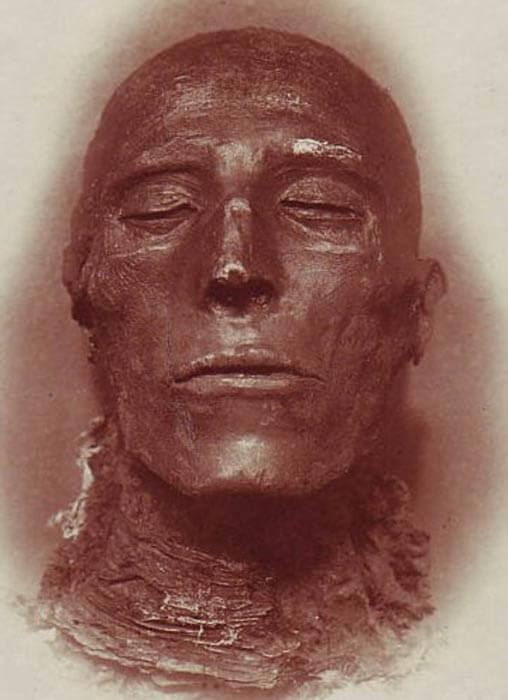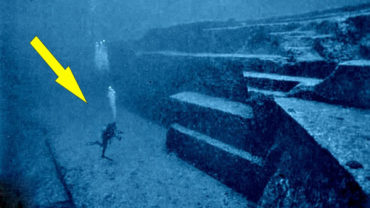Mysterious Reincarnation of Omm Seti: British Woman Who Proved To Have Lived In Ancient Egypt
Those interested in Ancient Egyptian history will recognize Dorothy Louise Eady. This Egyptologist from the twentieth century claimed to be the reincarnation of a priestess in the Isis cult and seemed to have firsthand knowledge to back it up. She even had access to information that had never been made public. According to ancient astronaut thinkers, reincarnation is all for progressing the human species. Alternatively, gods could be propelled ahead. Many people believe that countless reincarnations have a common goal. All reincarnations eventually culminate in a universal awareness, which should urge the universe onward.

On January 16, 1904, Dorothy Eady, often known as “Omm Sety” or “Om Seti,” was born in England to Irish parents. She was an ordinary child until she was involved in an accident in 1907. Dorothy, three years old, ran upstairs one morning and fell from the second level. She went unconscious almost instantly. Her parents sought medical treatment, but he could not assist them and could only confirm the child’s death.
When he returned to the house an hour later and entered Dorothy’s room, he amazingly discovered the girl alive and well. Dorothy began to have incredible dreams about a strange building with snow-white columns, surrounded by a lovely garden in the depths of which was concealed a rectangular lake with lotuses. And the girl herself was tortured by a great yearning for her home, but she had no idea where it was.
Dorothy and her parents went to the British Museum when she was four years old. She resurrected her memories from a previous existence after entering the Egyptian Hall. She was sure that she had memories of an earlier existence and that she had been born in a former life, over the water in Egypt, the country of the Pharaohs. Dorothy remembered who she was, but she also remembered astonishing details from her previous life as an Egyptian priestess.

According to her stories, Bereshit is 14 years old, an apprentice virgin priestess is, the daughter of a vegetable merchant, and a common soldier in the sacred City of Abydos, Egypt. She lived and worked at Pharaoh Seti’s court.
She soon learned reading and writing at the age of five, and she began reading everything that had anything to do with Ancient Egypt’s history. Dorothy copied ancient Egyptian hieroglyphs with the same zeal. Dorothy had met Sir Ernest Alfred Thompson Wallis Budge, a distinguished English Egyptologist, archaeologist, and orientalist, by the age of ten. They worked at the British Museum and had written many books about Ancient Egypt. He proceeded to teach her the ancient language, and he was astounded by his new student’s ability to master this complex and forgotten language. Dorothy stated that she was conversant in this language.
Dorothy moved to Egypt in 1932 to live with her husband, Egyptian student Eman Abdel Meguid, whom she met in England. She stepped off the ship, knelt, and kissed the ground, declaring that she had come to remain. The pair married, but their union only lasted two years, even though they produced a kid named City during that time. Dorothy Eady was given the nickname Omm City, which means “mother of Seti.”
For years, Dorothy worked hard to remember her previous life, piecing together a 5,000-year-old puzzle: the reincarnation of Bentreshyt. She discovered that in an earlier life, she was a young woman named Bentreshyt, raised from the age of three at the Temple of Seti in Abydos. She claimed to have received multiple visits from a spirit named Hor-Ra, who assisted her in deciphering the secrets of her past lives.
Her father, a soldier, couldn’t care for her after her mother, a poor fruit seller, died and left her at the temple. She encountered the living God-Pharaoh Seti I at the temple of Abydos, where she eventually became a priestess and ‘consecrated virgin,’ and the two eventually fell in love. Young Bentreshyt became pregnant as the Pharaoh’s lover, but regrettably, such a relationship did not have a happy ending.
Dorothy assisted archaeologists with their investigation for over a year, confirming that her fantastic story was true somehow. Dorothy relocated to Abydos in 1956, where she was known as Omm Sety and experienced various problems that put her stories and expertise to the test.

The chief inspector from the Antiquities Department, Temple of Seti, wanted to examine Dorothy’s skills and knowledge to validate the facts that she did live thousands of years ago in Egypt.
She was instructed to stand in total darkness near a specific wall artwork. There, the chief of the antiquities department led her to identify them using memories from her previous existence. The responses were intriguing.
Dorothy discovered artwork and marks that had never been seen anywhere else. No one could have seen them because they were never published in Egypt. But she didn’t only know all the answers; she also told the Antiquities Department’s chief about stuff they hadn’t even discovered yet.
Her narrative grew more well-known, and she volunteered to assist with ancient Egyptian digs and studies. Even the best archaeologists couldn’t decipher some of the most challenging works of art. Archaeologists excavating at Abydos benefited from her understanding of ancient Egyptians.
According to a biography titled “Omm Sety’s Egypt,” she claimed that she knew where Nefertiti’s tomb was located based on a conversation she had with a pharaoh in a previous life.
“I once inquired of His Majesty as to its whereabouts, and he informed me. ‘Why do you want to know?’ he asked. ‘No, you must not,’ he answered when I expressed my desire to have it excavated. We don’t want any additional information about this family to become public.’ He did, however, tell me where it was, and I can tell you that. It’s located in the Valley of the Kings, next to Tutankhamun’s tomb. “However, it’s in a location where no one would ever think to look for it,” she joked. “And it appears to be in good condition,” Dorothy added.
Dorothy once said that in her previous incarnation as Bentreshyt, the Temple of Seti was surrounded by trees and had a lovely garden. At the time, there were no gardens to be found. However, archaeologists discovered something unexpected, a playground, one day. This, however, was not an ordinary garden in Abydos. The park was planted in the exact spot where Dorothy had said it would be.
Her contributions to Egyptology, on the other hand, were prominent. She seemed to have an innate comprehension of hieroglyphics and was well-versed in the surrounding ruins. In 1981, the year she died, she was even included in a National Geographic program called Egypt: Quest for Eternity, an apt title for someone who claims to have lived multiple lives. In Abydos, her remains were interred near a Coptic cemetery. Locals remembered her as a fiery woman with a depth of knowledge of Abydos, ancient Egypt, and the ancient Egyptian language that had never been seen before. Whether or not skeptics believed in her is another matter, but the villagers did.



